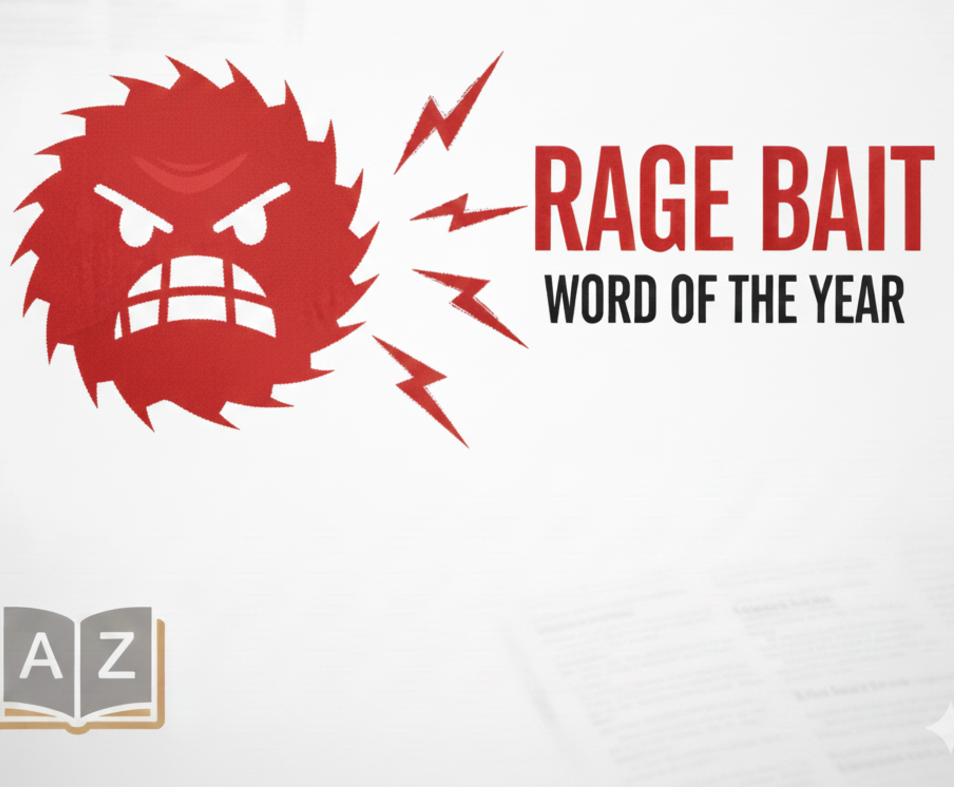INDIA'S monsoon, crucial for Asia's third largest economy, is likely to be a robust and healthy one this year provided there isn't a surprise El Nino phenomenon, Indian's top government weather official said yesterday (27).
Monsoon rains, the lifeblood for India's farm-dependent £1.98 trillion economy, arrive on the southern tip of Kerala state around June 1 and retreat from the desert state of Rajasthan by September.
India's 263 million farmers wait for monsoon rains to plant crops such as rice, cane, corn, cotton and soybean because nearly half of the country's farmland lacks irrigation.
Farming output makes up just less than 14 per cent of India's economy but the sector employs more than half of the country's 1.3 billion population.
"It's really early to talk about the pattern that this year's monsoon will follow, but we do know that practically no one is predicting a strong El Nino," said KJ Ramesh, director general of the state-run India Meteorological Department (IMD).
Plentiful monsoon rains could lift agricultural and wider economic growth and keep food prices and overall inflation subdued. That could also add to pressure on India's central bank to cut interest rates.
On the downside, higher production could mean farmers continue to get hit by low crop prices, a major cause for concern in rural India in the past two years.
A strong El Nino, marked by a warming of the sea surface on the Pacific Ocean, can cause severe drought in Australia, Southeast Asia and India, while drenching other parts of the world such as the US Midwest and Brazil in rains.
The emergence of a strong El Nino triggered back-to-back droughts in 2014 and 2015, only for the fourth time in over a century, driving some Indian farmers to penury and suicide.
The IMD defines average, or normal, rainfall as between 96 per cent and 104 per cent of a 50-year average of 89 cm for the entire four-month season beginning in June.
In 2017 and 2018, rainfall was 95 per cent and 91 per cent of the long-term average respectively.
The Indian Ocean Dipole (IOD) phenomenon could also be a positive development, said Ramesh.
The IOD phenomenon is characterised by higher sea-surface temperatures in the Indian Ocean.
A positive IOD creates a barrier in the eastern Indian Ocean and all the southwesterly winds blow towards the Indian sub-continent, causing rains in the country.
Weather officials say a positive IOD played a big role in bringing adequate rains to India in 1967, 1977, 1997 and 2006.
The IMD is likely to make its first official forecast of this year's monsoon rains by the middle of April.
(Reuters)





 Rage bait isn’t just clickbait — it’s Oxford University Press’ word of the year for 2025 iStock/Gemini AI
Rage bait isn’t just clickbait — it’s Oxford University Press’ word of the year for 2025 iStock/Gemini AI 
 Online Trends iStock
Online Trends iStock Rage bait isn\u2019t just clickbait \u2014 it\u2019s Oxford University Press\u2019 word of the year for 2025 iStock/Gemini AI
Rage bait isn\u2019t just clickbait \u2014 it\u2019s Oxford University Press\u2019 word of the year for 2025 iStock/Gemini AI 






